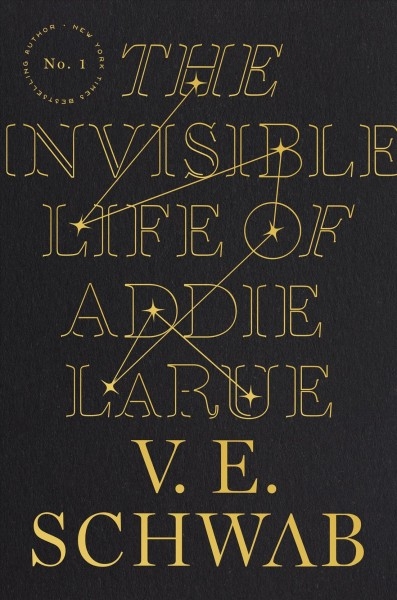
V.E. Schwab has written numerous novels for teens and younger folk, many of them best-sellers. But it is her latest novel, her first intended for adult readers, The Invisible Life of Addie LaRue, that has firmly established her as a writer to be watched. In interviews, Schwab has theorized that a great part of this novel’s success is related to the fact that it released at the beginning of the pandemic. While many novels launched at this time suffered reduced sales due to the obstacles Covid presented to publicity efforts, Addie LaRue was widely and well-received by critics and readers alike. In part, Schwab concludes, this is due to the story’s themes—which include the positive impact of choosing joy and hope in the face of a life inflicted with challenges, as revealed in a central character's efforts to survive against all odds, simply because she continues to believe that surviving will be worth it. The subject matter appealed to an audience enduring the realities of physical and emotional distress, brought on by a global pandemic and amplified by personal isolation.
The novel opens in 1714, when 23-year-old Adeline LaRue, a young woman whose aspirations surpass the limits of her small French town, flees into the woods to escape an unwanted marriage. There, Addie negotiates with a dark god who promises a life with more time and freedom in exchange for her soul, when she finally decides she is ready to leave this earth. The snag, which Addie discovers later, is that no one will ever remember her, and she can leave no record of herself behind. Her life is relatively free of limits, but also free of connection.
Addie lives three hundred years before she lingers in someone’s memory. From there, her intimacy with this man, Henry, unfolds, and it proves to be a relationship that holds both deep intimacy and satisfying surprises. I don’t want to give anything away, but if you like speculative fiction, books where realistic settings holds elements of fantasy, you might want to check out The Invisible Life of Addie LaRue by V.E. Schwab.